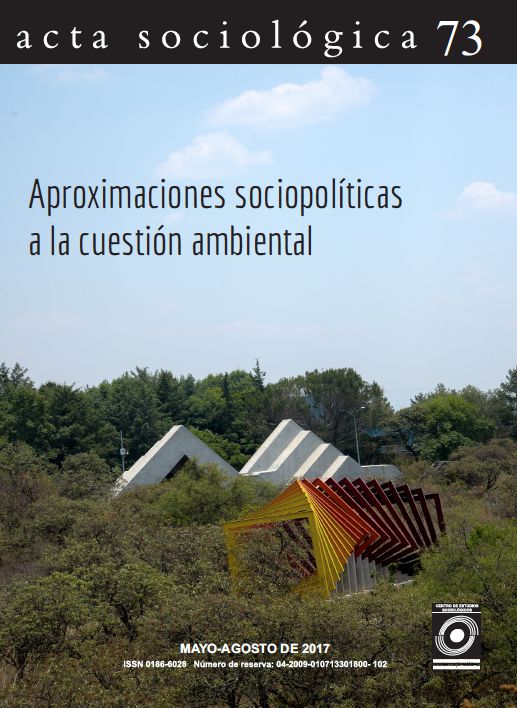Causa y responsabilidad: Vulnerabilidad y clima en el Antropoceno
Contenido principal del artículo
Resumen
El análisis de la vulnerabilidad busca identificar las causas de raíz de las crisis para encontrar soluciones transformadoras. Las perspectivas del riesgo asociado al cambio climático usualmente localizan la causalidad en las amenazas, aunque atribuyen algún peso causal a variables sociales como la pobreza o la falta de capacidad. Con poca frecuencia se preguntan por qué hay falta de capacidad, los bienes son inadecuados o los resguardos sociales están ausentes o fallan. Esta contribución enmarca vulnerabilidad y seguridad como problemas de acceso a bienes y resguardos
sociales. Activos y resguardos tienen ambos sus propias, contingentes y contextuales cadenas causales. Un elemento recursivo clave en esas cadenas causales es la habilidad –medios y poder– de la gente vulnerable para influenciar en la economía
política que da forma a sus bienes y resguardos sociales. Según lo observó adecuadamente Sen, la vulnerabilidad está ligada a la falta de libertad para influir en la economía política que define las titularidades. En el Antropoceno, las causas humanas de amenazas climáticas deben ser tomadas en cuenta en las etiologías
del desastre. Sin embargo, la atención al cambio climático antropogénico no debe ocultar las causas de (y la responsabilidad sobre) la vulnerabilidad que se continúa produciendo en y por la sociedad.
sociales. Activos y resguardos tienen ambos sus propias, contingentes y contextuales cadenas causales. Un elemento recursivo clave en esas cadenas causales es la habilidad –medios y poder– de la gente vulnerable para influenciar en la economía
política que da forma a sus bienes y resguardos sociales. Según lo observó adecuadamente Sen, la vulnerabilidad está ligada a la falta de libertad para influir en la economía política que define las titularidades. En el Antropoceno, las causas humanas de amenazas climáticas deben ser tomadas en cuenta en las etiologías
del desastre. Sin embargo, la atención al cambio climático antropogénico no debe ocultar las causas de (y la responsabilidad sobre) la vulnerabilidad que se continúa produciendo en y por la sociedad.
Detalles del artículo
Cómo citar
Ribot, J. (2017). Causa y responsabilidad: Vulnerabilidad y clima en el Antropoceno. Acta Sociológica, (73), 13–81. https://doi.org/10.1016/j.acso.2017.08.002
